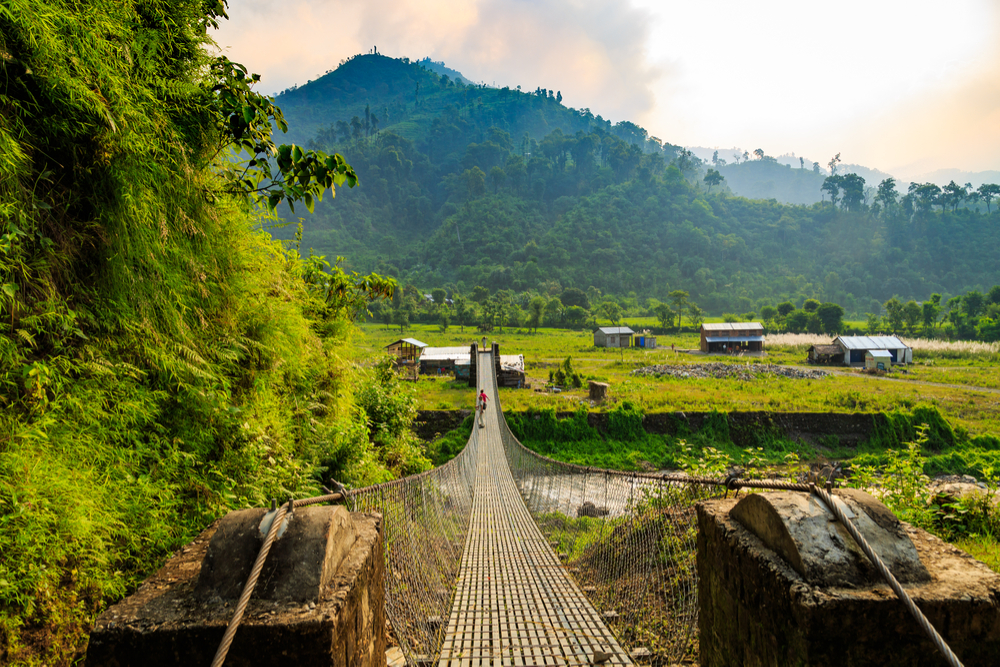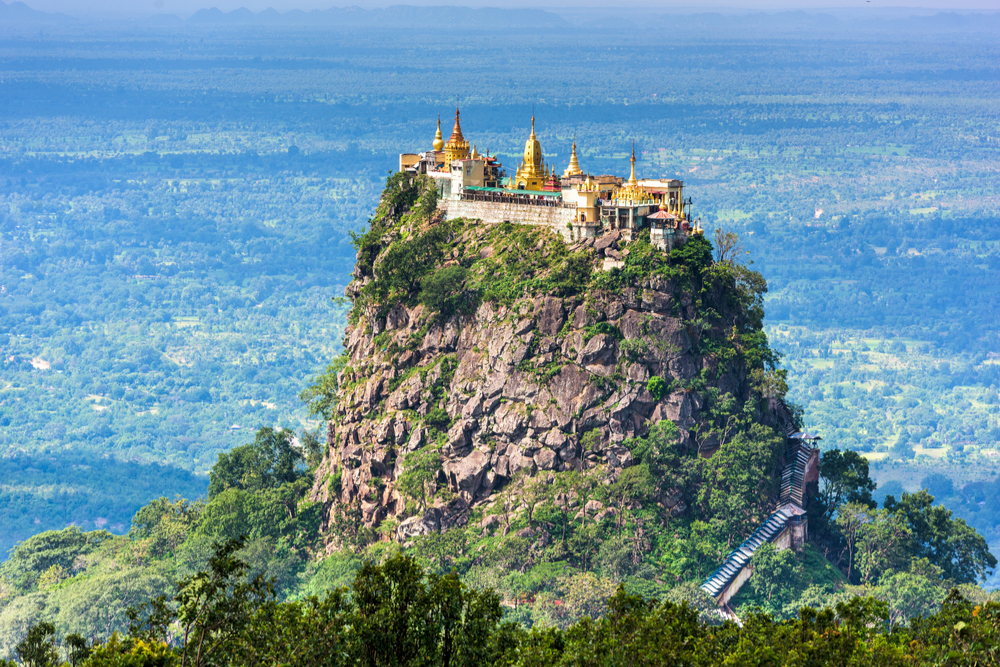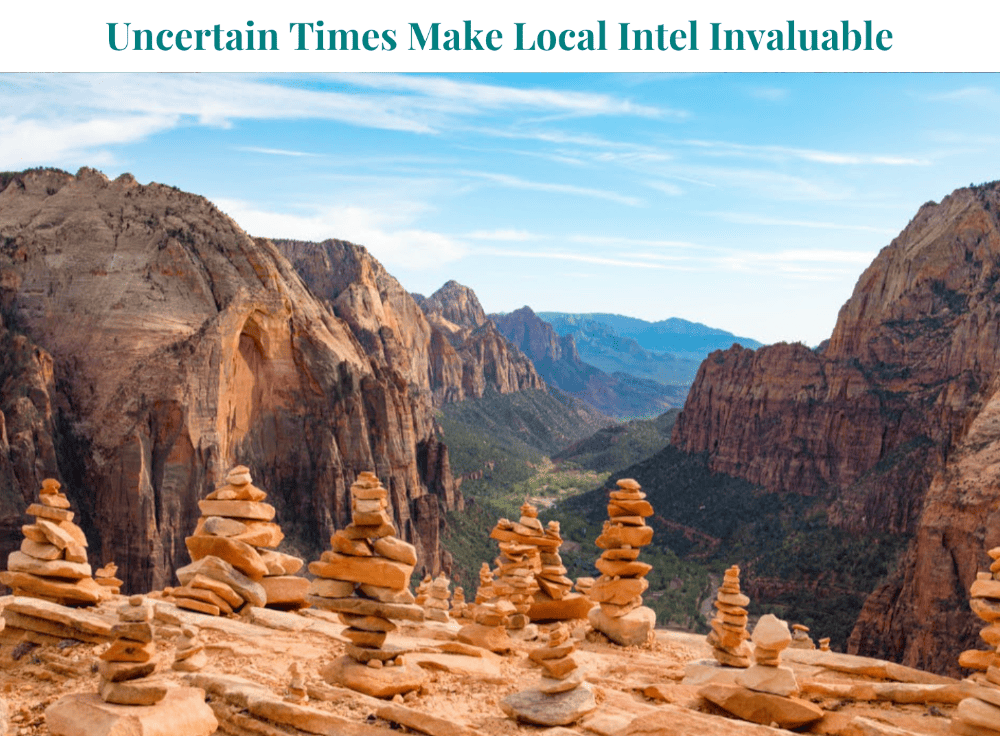Bhutan: Insider’s Guide
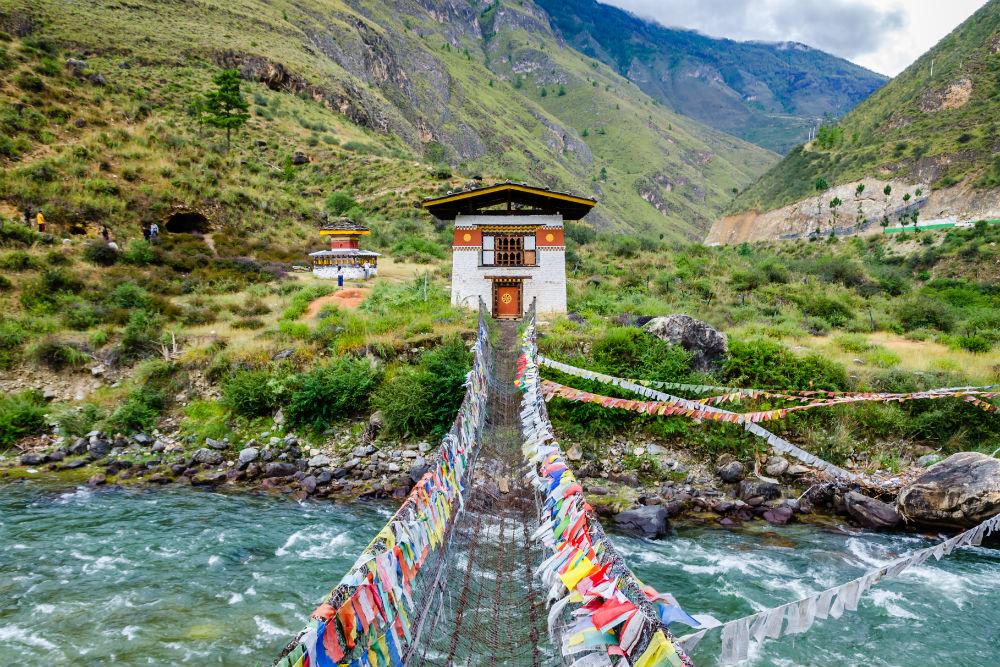 Iron Chain Bridge of Tamchog Lhakhang Monastery, Paro River, Bhutan. Photo: Shutterstock
Iron Chain Bridge of Tamchog Lhakhang Monastery, Paro River, Bhutan. Photo: Shutterstock
In some cases, Wendy has several trip-planning specialists she recommends for a destination and would like to connect with you directly to determine who would best meet your needs. This is one of those cases. Please click on the CONTACT button (below) to find out from Wendy which travel expert is best for your specific trip goals and challenges.

Where to Stay and Eat
Best bang-for-your-buck hotel
In Paro, the iconic hotel is the three-star Gangtey Palace, more than 100 years old and owned by a family that shares its lineage with the royal family. Each room is different, and the hotel, located opposite the Paro Dzong, offers dazzling views of the Paro Valley. The mid-range Nak-Sel is a peaceful and pampering retreat located on a hill above the town. It’s built in traditional Bhutanese style and features the latest energy-saving technologies—including radiant heating, solar power, and LED lighting. Rooms are light and spacious and decorated in a contemporary design, and the spa offers a full range of treatments. There are lovely forest walks around the property and a good downhill path to Paro, passing farms and traditional homes along the way.
At the luxury level, the Zhiwaling or Uma Paro offer the best values. The Zhiwaling is the only five-star Bhutanese hotel in Paro and is painted in exquisite Bhutanese style. The five-star Spirit Sanctuary recently opened in town, offering something different from its competitors: Where other five-star brands, such as Aman and Uma, have hotels in most of the major towns along the east-west highway so that travelers can stay in them while they tour the country, the Spirit Sanctuary operates as a destination in and of itself, a retreat for the traveler who wishes to nurture or heal the mind, body, and spirit. Their “Bhutan Soul Travel” package includes time with Buddhist masters and a traditional doctor, plus massages, hot stone baths, meditation, and other activities.
The Six Senses has opened properties in Paro, Punakha, Gangtey, and Bumthang. These hotels are built in harmony with the environment around them and, like the Spirit Sanctuary, aim at promoting health and well-being.
In Punakha, Dhumra Farm Resort is a relatively new small property with perhaps the best views of the valley, overlooking the Punakha Dzong and the Mo and Chu rivers. Myth has it that the deity residing on the property helped build the dzong back in the 16th century. All food is organic and mirrors the resort’s farm-to-table philosophy. Rooms are large and comfortable, some boasting kitchenettes.
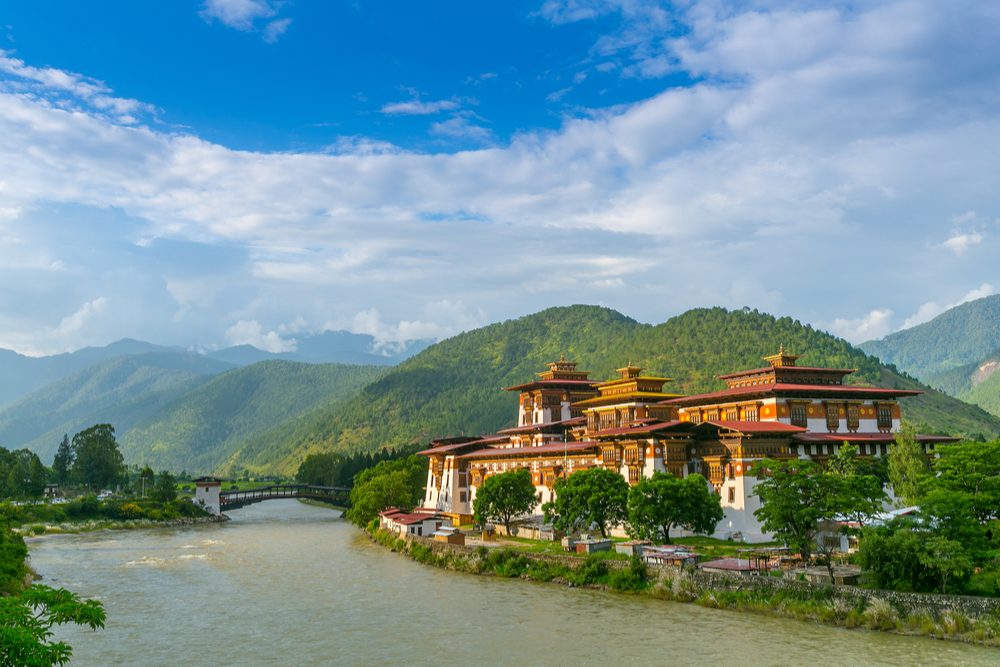
Punakha Dzong Monastery, one of the largest monasteries in Asia, Punakha, Bhutan. Photo: Shutterstock
Restaurants the locals love
ZaSa’s, on a hill above the town of Thimphu, is difficult to find but worth the effort. The kitchen serves creative and contemporary takes on traditional dishes, and everything is organic, GMO-free, and delicious—particularly the chicken ZaSa and the fried eggplant. In a country not known for its food, ZaSa’s is well worth the trip.
If steamed or fried dumplings are on your menu list, try Zombalas, a favorite with locals. In addition to trying to create a craft beer culture in Bhutan and supplying craft beers to local restaurants, Namgay Artisanal Brewery is also a place where you and the locals can have a simple dinner.
Need something that reminds you of home? Le Meridian has opened new restaurants in their Thimphu and Paro hotels serving tasty Southeast Asian dishes—a new fad in the country. If you’d rather not eat in a hotel, try the Vietnamese food in Thimphu’s Little Vietnam, or the Korean food in San Maru.
If you tire of traditional fare and just want to dig into a good pizza, Seasons, a popular and casual eatery in Thimphu, serves a super-tasty selection, as well as pastas and some local dishes.
What to See and Do
Don’t miss
Eastern Bhutan, particularly the district of Trashigang. Most tourists don’t make it to this part of the country because it’s hard to reach and not as developed as the western regions. That’s a mistake: The people are warm and friendly, and their festivals—in particular, Gomphu Kora in the spring and the many tshechu festivals in the fall—are not inundated with foreign visitors as they are in the rest of the country. The area also boasts some of the best weaving in the country and Sherubtse College, one of the oldest and largest in the kingdom and the alma mater of many of Bhutan’s major government officials. To encourage tourism to Eastern Bhutan, the government has dropped the per diem cost for visitors.
Royal Manas is Bhutan’s oldest national park; until recently it appealed only to extreme adventurers. The park still is for the thrill seeker, but new facilities and newly improved trails mean one does not have to be quite so hardy to pay a visit. Now’s a good time to go, before the park starts to attract crowds of tourists.
You used to have to be a serious trekker to visit Gasa or Laya, the endpoints of the infamously difficult “Snowman Trek.” Now you can drive to Gasa and do a relatively short trek into Laya to visit these fascinating communities, where you can camp or stay in a local farmhouse.
Don’t bother
Though it’s a top tourist attraction, consider skipping Paro Dzong. There are more magnificent dzongs (fortresses that house monasteries and other key religious and administrative offices) to see throughout the country, so save your appetite for the best—or risk getting “dzonged” out!
Hidden gems
Dungtse Lhakhang temple, in Paro, dates from the early 15th century and was constructed by Thangtong Gyalpo, a noted iron bridge builder. Visitors climb narrow wooden stairs from the ground floor, which represents hell, to the second floor, symbolizing the realm of earth, and finally to the top level, which represents heaven or nirvana. The temple paintings are among the finest in the country.
Gomphu Kora is a small temple next to a cave where Guru Rimpoche (the founder of Tibetan Buddhism) is believed to have meditated and vanquished a demon in the form of a snake. It is said that circumambulating the temple gains a pilgrim more merit than reciting Guru Rimpoche’s mantra 100,000 times—and that’s a lot of merit! Bhutanese and tribal people from Arunachal Pradesh flock here for the spring festival, where, in addition to celebrating the triumph of good over evil, they come to find a husband or a wife.
If you make it out to Gasa, stop at the dzong there. Though rarely visited, it houses interesting mementos that belonged to Bhutan’s “George Washington,” the Shabdrung Ngawang Namgyal.
Cheap thrills
Mushroom fans will love Bhutan; the markets are filled with an amazing variety. You can pick up a pound of dried chanterelles for 50 cents—a small fraction of what they cost back home.
Want an archery lesson, Bhutan style? Toni can arrange for you to take a private lesson to test your shooting skills.
Nightlife is not what one comes to Bhutan for, but if you’re looking for it, the liveliest spot is Mojo Park in Thimphu. Mix with the locals, enjoy the only hard-core Thimphu live-music locale, and sample new Bhutanese craft beers.
Prime picnic spots
In spring and summer, the Serbithang Botanical Garden (in Thimphu) and the Lamperi Botanical Garden (on the Thimphu-Punakha Highway) are a kaleidoscope of colors.
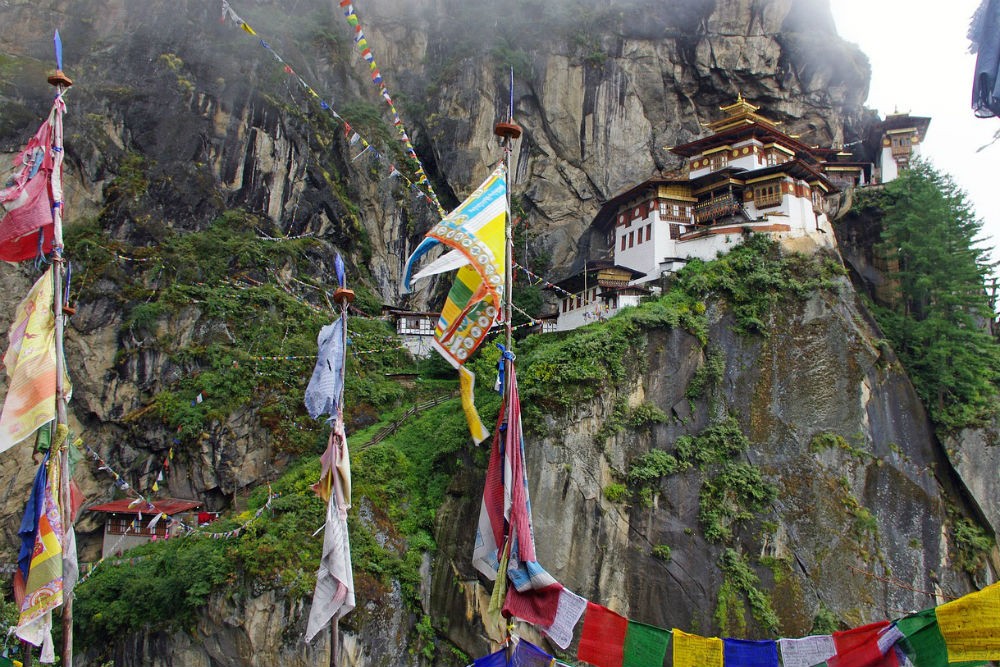
Tiger’s Nest Temple, Bhutan. Photo: Pixabay/jboots
The souvenirs
Unique handwoven textiles. The traditional dress for women, the kira, is a long piece of fabric that wraps around the body and costs anywhere from a couple of hundred dollars to more than $30,000. The best are made of handwoven silk, and the least expensive are usually machine-made of cotton. Men sport a gho, a kind of robe that varies in cost according to the material and the amount of decoration. You can learn about the designs and quality of kiras and ghos at the textile museum in Thimphu. Toni’s guides can take you to the top shops to make a purchase, and she can even introduce you to the weavers for the royal family.
If you are a soccer fan, you might want an official Bhutanese FIFA soccer jersey. You will be the only one in your neighborhood sporting a Thunder Dragon shirt.
Handmade leather boots for men. Toni’s team will take your foot measurements and have the boots crafted by expert boot makers while you’re touring.
Antique handwoven baskets, often now only available at festivals or tucked away in special local shops. These can cost several hundred dollars or more, depending on the quality, size, and age of the basket. Be sure to consult your guide to ensure that you’re buying a real antique.
Best Times to Go
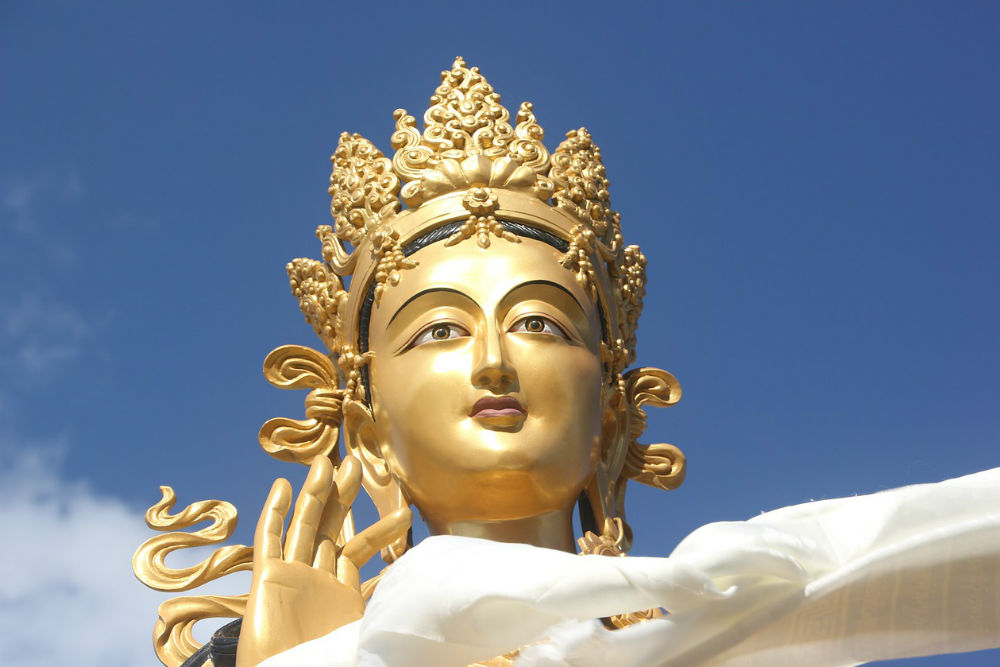
Bhutan sits at the same latitude as Florida but rises from about 100 feet to nearly 25,000 feet above sea level, which means that there’s a tremendous variability in climate in every season. That said, the following guidelines are a good place to start when making your plans:
By May and June, most of the tourists are gone, flowers are in bloom, you don’t have to eat from large buffets and can get your food cooked to order, and the road (yes “the road”) across the country is not packed with cars and buses. You may have some rain showers, views may not be crystal clear, but having the country almost to yourself is worth the compromise.
Spring and fall have the least rain and are ideal for trekking, biking, and touring. Festivals, such as the tshechus held in each district annually, abound in all seasons, but the height of the festival season is usually spring, before planting, and fall, just before or after the harvest—times when it is best to exorcise the demons and guarantee plentiful food.
Fall is ideal for river-rafting, as it follows the monsoon and finds the rivers at their fullest. Conversely, rivers are at their lowest in late spring. In general, fall’s crisp clear weather is ideal for viewing the snow-covered Himalayas. Trekkers, however, need to be prepared for sudden snows at high altitudes.
Spring is prime time for flower lovers, when the country—70 percent of which is primary forest—blossoms with rhododendrons and magnolias. Summer in the mountains, although rainy, is also beautiful, as the wildflowers are blooming their hearts out.
Worst Times to Go
Mid-July through September is the rainy season, when clouds obscure the mountain views and hikers are met with rockslides, leeches, and lots of mud. On the other hand, there are practically no tourists so you’ll have the locals all to yourself.
Late December through January (and sometimes February) is quite cold, with frequent snows limiting travel on the high passes.
Biggest Rookie Mistake
Not knowing that there is only one east-west road in the entire country, meaning that every tourist (and there are many, despite what anyone else says) who is not trekking is driving back and forth along that same road.
Airport Intel
Bhutan has only one international airport located in the far west of the country and one operational domestic airport in the middle of the country. Thus, road is the major means of travel to many parts of the country.
The international airport is basic and quite easy to navigate. Be mindful of the weight of your baggage on departure, though, as the authorities are real sticklers.
Flying business class on Druk is not that much more expensive than economy and is far more convenient for dealing with immigration, baggage checking, and boarding.
Remember that only two airlines fly into Bhutan: Druk (the primary one) and Bhutan Air. Generally, there is only one flight/day from each gateway city, so in peak season, seats sell out. Book early!
Want to fly in your private plane? You will either have to pick up a Bhutanese navigator outside the country to help you land in Paro, or your private pilots will have to go through a special Bhutan Air Service course before flying into the airport.
Tipping Tip
A service charge is typically included in restaurant bills, but adding 2 to 5 percent on top of that is customary when you’re happy with the service.
Don’t Forget to Pack
Temperatures vary greatly depending on the altitude, so be sure to bring clothes that layer well, along with a fleece and a compact warm jacket in the winter months. Consider also throwing in some long underwear—it’s light and takes no space in a suitcase. Toni also recommends investing in a SteriPEN to clean tap water, so you don’t have to use ecologically harmful plastic bottles.
Instagram Moments
Bhutan is a very photogenic country. Sunrise and sunset shots from Dochu La, between Thimphu and Punakha, are always beautiful. Festivals are a photographer’s dream: The local people are dressed in their finery, and the monks and other participants are all in their costumes. You can also find small children early in the morning outside of their school doing their regular exercise.

